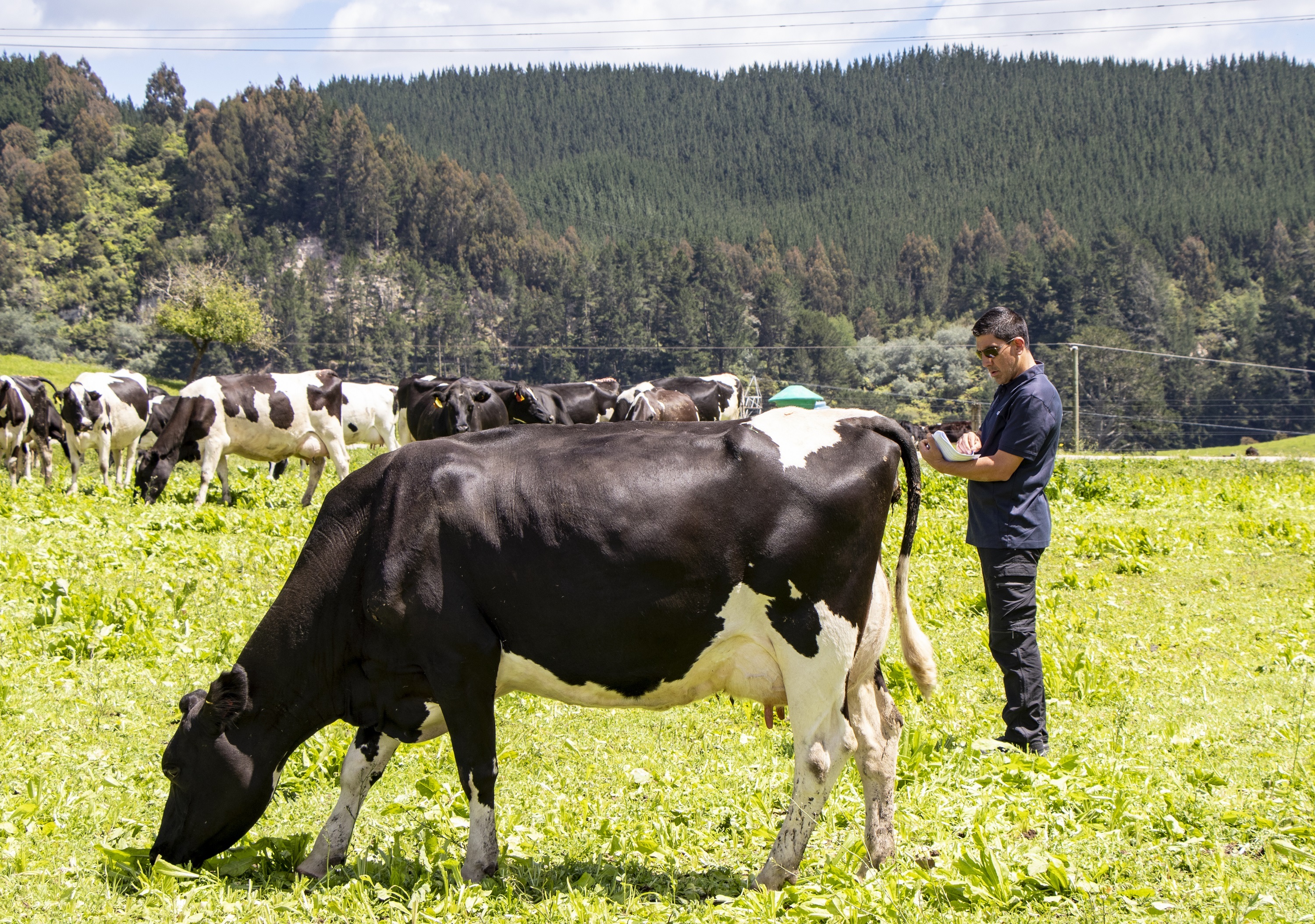We went to New Zealand together with our Sales & Marketing Director Elise van der Wulp and our Sales Development Specialist Genetics Gert Jan van den Bosch. We invited our distribution partners Biogentica (Costa Rica and Panama), Inseminar (Colombia), Cooprinsem (Chile), Procreo (Uruguay) and Genpro (Argentina) to join us. The last time we had a physical meeting was in 2019, when we travelled to South Africa with our partners. For us it is very important to spend time together with our business partners, to build and improve our relationship. So we were happy that it was possible again to get together, meet and share knowledge and experiences. We were accompanied by 3 South African colleagues. Also in their market, grazing is an important farming system in which they use a lot of New Zealand genetics.
Inspirational tour to New Zealand (By Andres Rincon and Wouter Keekstra, Area Sales Managers)

As Area Sales Managers for Latin America, we get a lot of questions about the famous grazing system in New Zealand. Of course we always do our best to answer these questions, but it’s difficult if you have not seen the system in practice. We recently got the opportunity to travel to New Zealand to learn more about the grazing system. Do you like to know what we learnt at the other side of the planet? Keep reading!
Our group
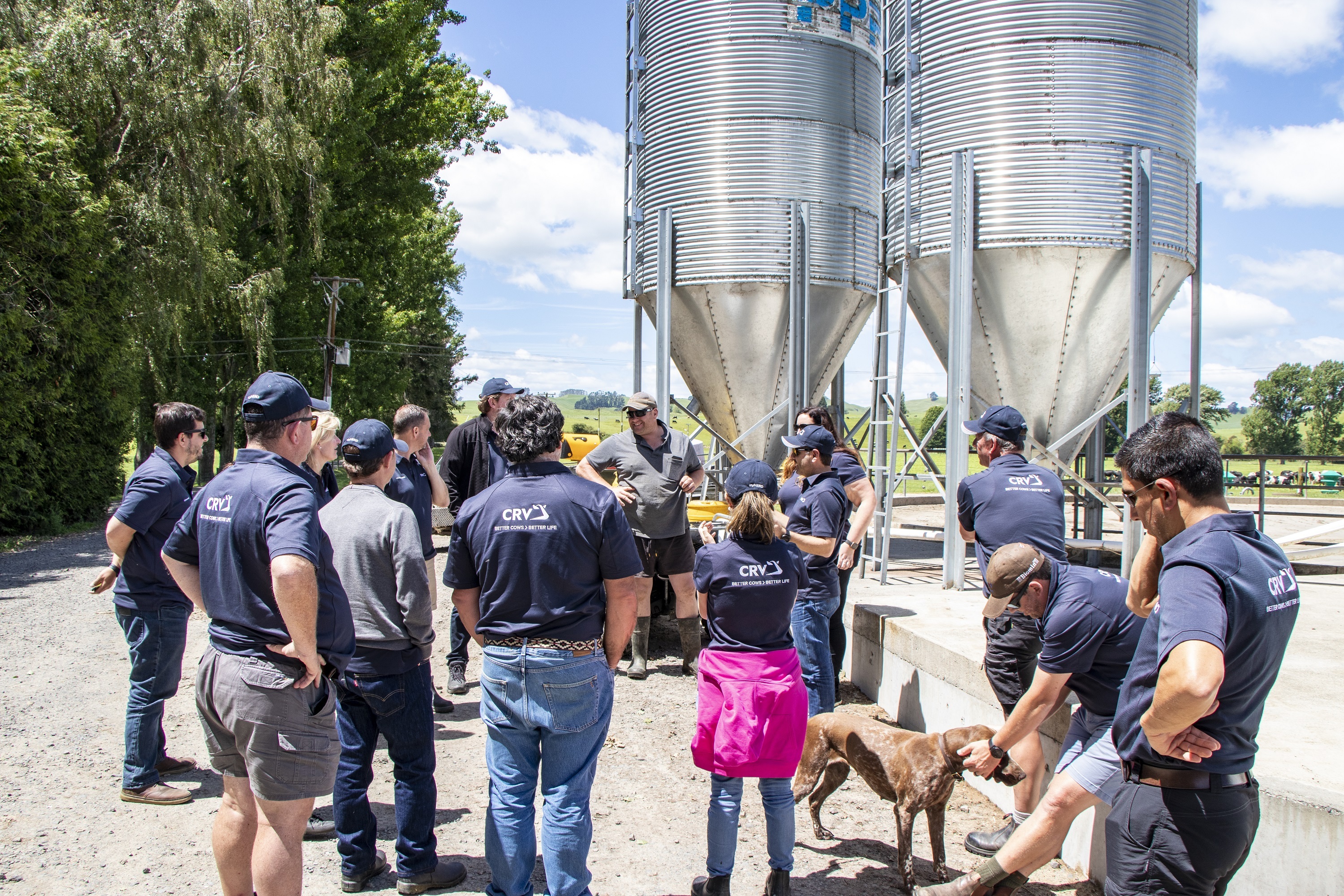
Location
Around 71% of New Zealand's dairy herd is located in the North Island, so it made sense that we stayed at this island. We visited many dairy farms around Hamilton, Waikato and Taupo. We also joined our New Zealand colleagues at the Fieldays, which is The Southern Hemisphere’s largest agricultural event, organized annually. It was interesting to talk to local farmers and get their opinion about grazing, its advantages and the challenges they currently face.
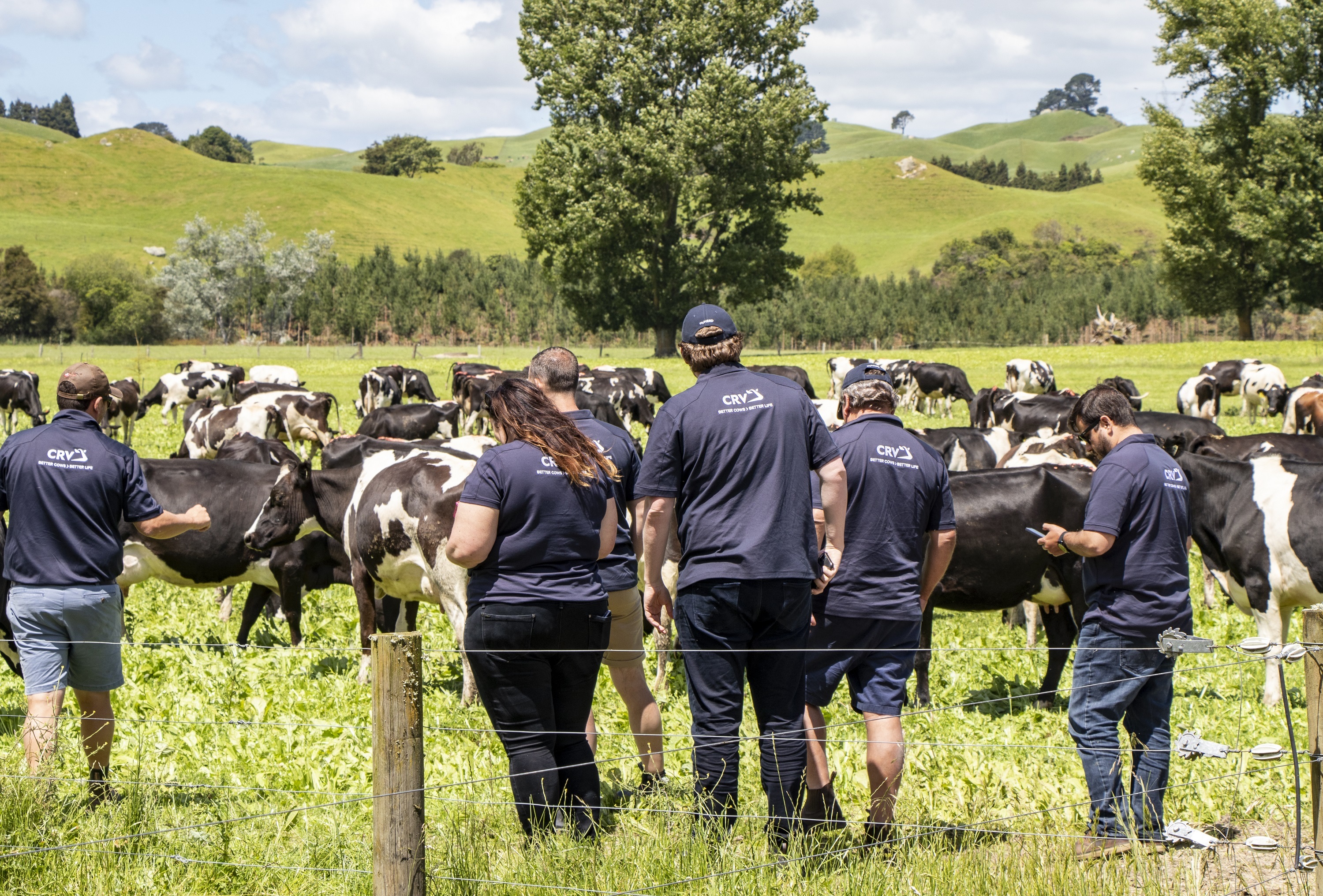
New Zealand grazing system
The New Zealand grazing system is based on grass and the entire system is organized around pastures. Calving takes place between July and September (when the grass production is high) and the 3 following months all matings & inseminations take place. Some producers have 2 calving seasons (spring and autumn) and therefore also 2 mating seasons. New Zealand producers have defined 5 levels of supplementation in their production system, where level 1 is no supplementation and level 5 is a semi-grazing system with 50% grazing and 50% supplementation (grain, grass silage, corn (maize) silage, etc.).

New Zealand cows
New Zealand cows are known for being efficient with a fairly high total solids production. Fat percentage is between 4.5% and 5.6% and protein percentage ranges from 3.8% to 4.2%. We visited farms with total solids of 9.8%!. The most efficient cows are those that have a 1:1 ratio between live weight and total solids produced per cow per year. In other words: a cow that weighs 420 kilos should produce 420 kilos of solids per year, which is very efficient. Fertility is also very important in the grazing system. A cow must become pregnant within 90 days after calving due to the seasonal calving and must give one calf per year. New Zealand cows live long and deliver on average more than 5.5 calves per cow.
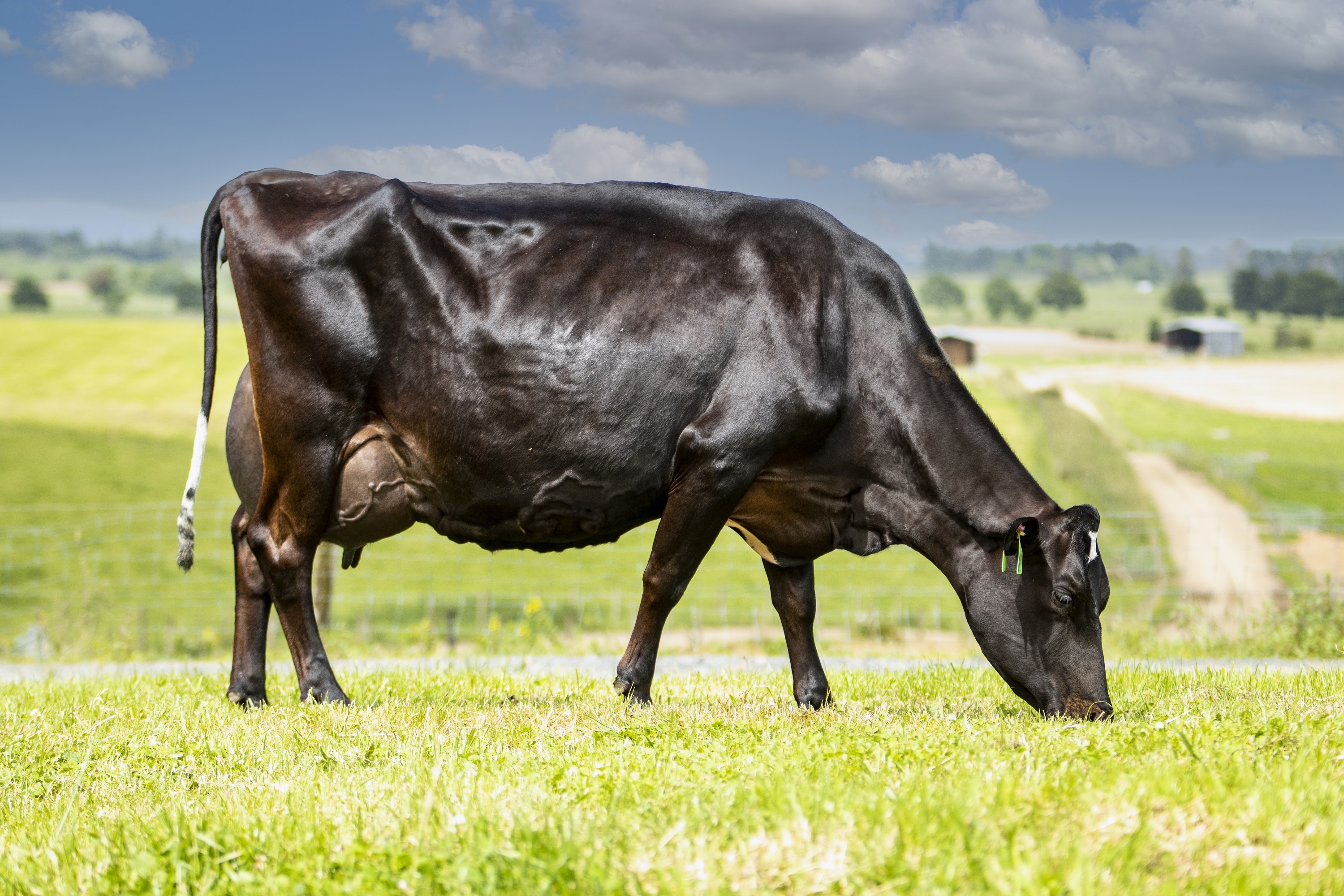
Genetics
CRV has a grazing portfolio consisting of bulls with high indexes and high proof, from several breeds: Friesian, Jersey, Crossbred and Ayrshire. Important in the selection for grazing are bulls that bring light weight cows, with very high fertility, high feed efficiency (better conversion of feed into milk) and high longevity.
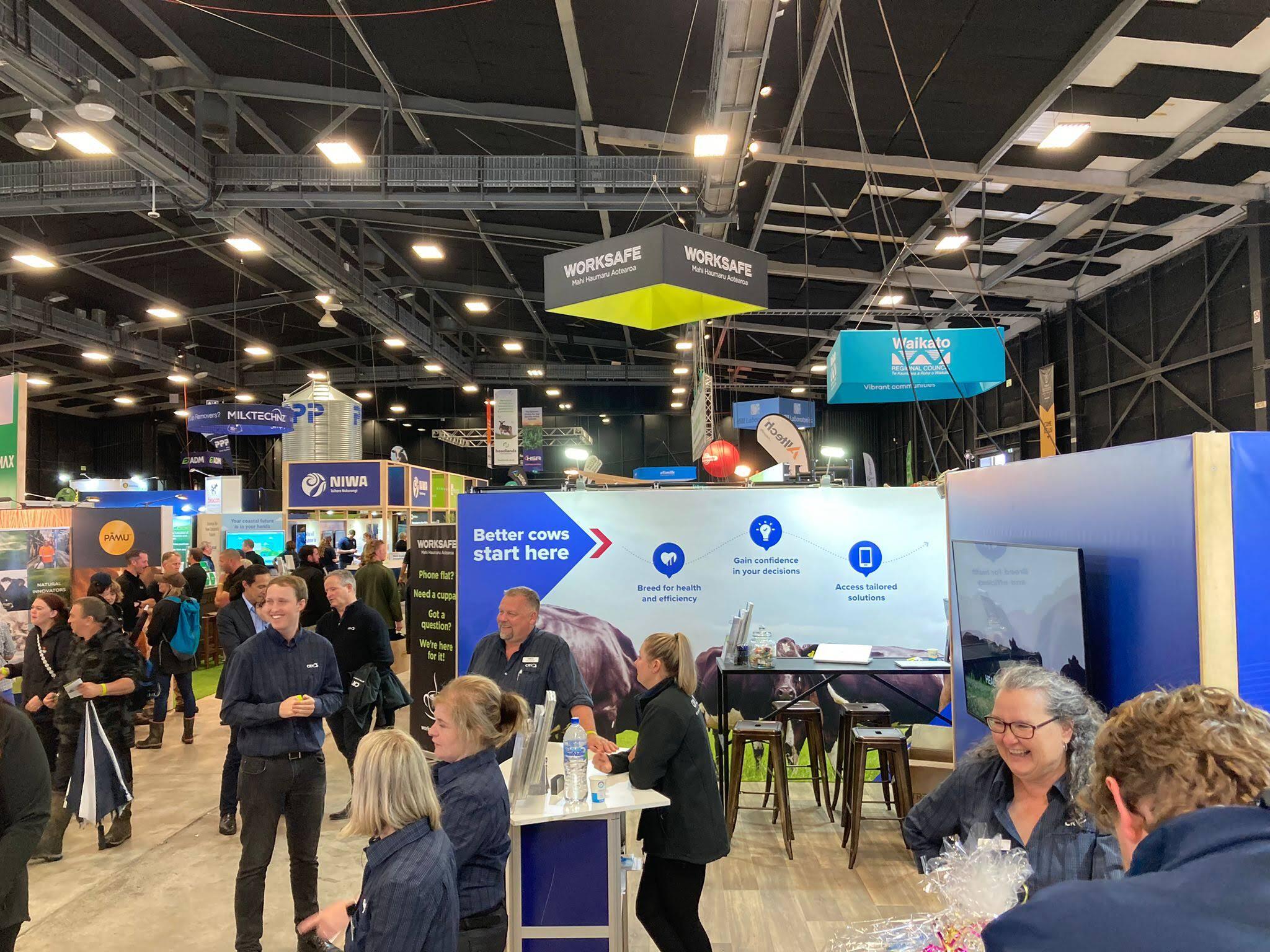
Conclusion
We had an interesting trip, in which we learned a lot about the grazing system. Cows that fit in this system are efficient cows, that can easily process grass into high solids. It was great to spend time with our distributors, getting to know them better and learning together about what the grazing system is all about. A big thanks to our New Zealand colleagues who organized this trip. From the very beginning to the last hours, we were spoiled with great farm visits, beautiful cows, good food and great company.
Would you like to read more about the New Zealand grazing system? Click here.
Do you want to get in touch with our distributor in your country? You can find their contact details here.
